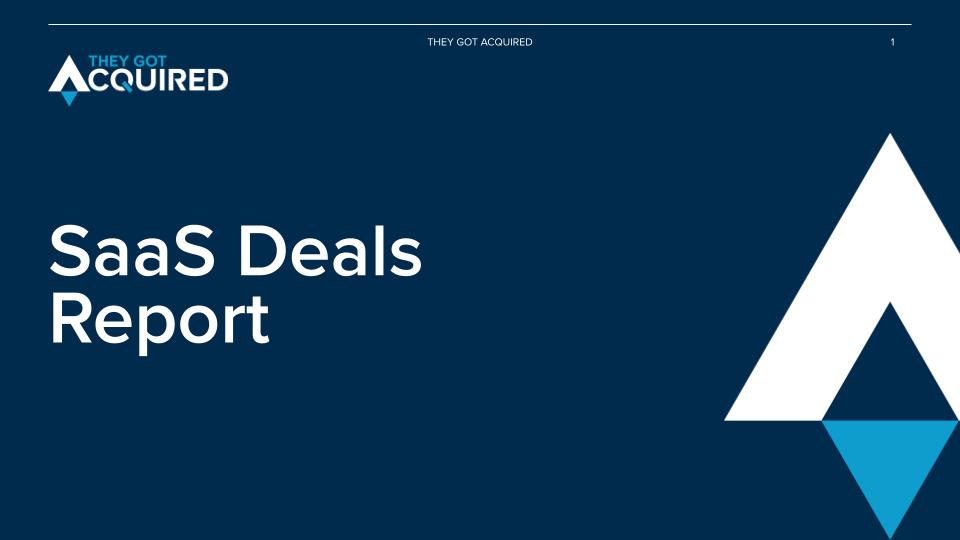While attending university in France in 2020, Martin Delannoy became determined to launch a software-as-a-service (SaaS) tool.
Delannoy, who has no technical background and studied business administration, looked for a compelling market where he might solve a real need. He researched several options by analyzing Google search keyword volume and market players in those spaces.
Eventually, he settled on what was a burgeoning, niche market at the time: bot traffic.
Bot traffic refers to any non-human traffic on a website or app. While the moniker can sometimes carry a negative undertone, bots’ purposes vary widely and they’re essential in many services, including search engines, messenger apps and other automated tools.
“It was a promising market,” Delannoy said. “It was easy at the time to get started with a small budget.”
In his research, he found that search engine optimization (SEO) firms were particularly interested in improving one key metric for their clients: click-through rate (CTR).
CTR is a metric that shows the effectiveness of a digital ad. It’s the percentage of people who click an ad, divided by those who see an ad, also known as an impression. While rates vary by platform, the average click-through rate for Google Ads was about 3 percent in 2022, according to digital marketing firm LocalIQ. CTR also helps websites improve their SEO.
So Delannoy worked with a developer to build SearchSEO, a tool that helps businesses improve their SEO rankings by increasing their CTR on targeted keywords. Two years later, he sold the company as its sole employee for nearly $300,000 to San Francisco-based entrepreneurs Neel Yerneni and Tucker Haas, the co-founders of Quo Finance, a mortgage app.
Bootstrapping a SaaS as a recent college grad
By having bots click on SearchSEO customers’ content and ads, Google and other search engines recorded the clicks as real human engagement. As a result of that engagement, SearchSEO was able to improve customers’ search ranking on their targeted keywords by roughly three to six positions in a few weeks, Delannoy said.
While it may seem small, that rank increase could mean the webpage the client wanted to boost landed on the first page of Google results or even toward the top of those results. That can have a meaningful impact on website traffic and revenue. The first place ranking in Google search results garners more than 27 percent of clicks, according to Backlink.io.
Some people consider CTR manipulation as a black-hat technique, saying it’s viewed as illegitimate by search engine guidelines and it could negatively affect your website ranking. But for others, the tactic makes sense.
“By providing quality traffic that produced good results, I was able to build a loyal client base,” said Delannoy, who lived in Hong Kong while growing the company.
Delannoy’s greatest challenge in growing SearchSEO was that he had little funding and no marketing skills.
So he did what he knew, leaning into the very tactic he helped clients with: SEO. He devised a low-budget SEO strategy, producing quality, SEO-optimized content on his website. While it took several months and significant effort, his SaaS steadily began reaching the right people. Eventually, the site attracted about 1,500 organic visits per month.
“(The strategy) allowed me to reach the top three positions on about 20 keywords,” Delannoy said. “This generated qualified traffic, and increased sales month after month.”
After laying a foundation of content, Delannoy then used his own bots to improve his site’s ranking. As a result, his firm landed in the top five results for more than 35 keywords.
Delannoy also cultivated a following with his email newsletter. In about 18 months, he grew the company’s list from a few dozen people to more than 8,000 by sharing SEO tactics.
As more visitors stopped by SeachSEO’s site, Delannoy was able to convert them to email subscribers and customers. And by providing customers with quality results, he attracted more customers and was able to upsell existing ones.
At the time of the sale in 2022, they had about 150 customers. SearchSEO was earning about $129,000 in annual recurring revenue (ARR).
Why Dellanoy sold SearchSEO to fund his next company
After about two years of growing SearchSEO, Dellanoy was ready for his next project: SpyLead, an email finder tool. But to launch it, he needed more cash. Rather than try to bootstrap SpyLead using his other company’s profits, he opted to sell the first company.
He listed SearchSEO on marketplace MicroAcquire and sold to entrepreneurs Yerneni and Haas for nearly $300,000, Dellanoy said. Yerneni and Haas plan to continue to grow the tool as a stand-alone business, Delannoy said.
The sale allowed him to quickly inject new funding into SpyLead.
Selling as a solo founder without employees was fairly simple, he said. Delannoy’s advice to founders interested in selling a business?Have a plan in mind for after your exit.
“You need to have a project to bounce back on,” he said. “Of course, what we get out of [a sale] is a nice amount of money, but as an entrepreneur most of the time we are not driven only by money, but more by the creation of a project. And if you sell without having a project on which to bounce back, it can be very complicated to manage emotionally.”



